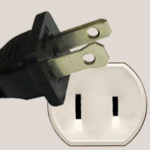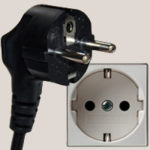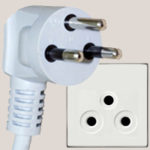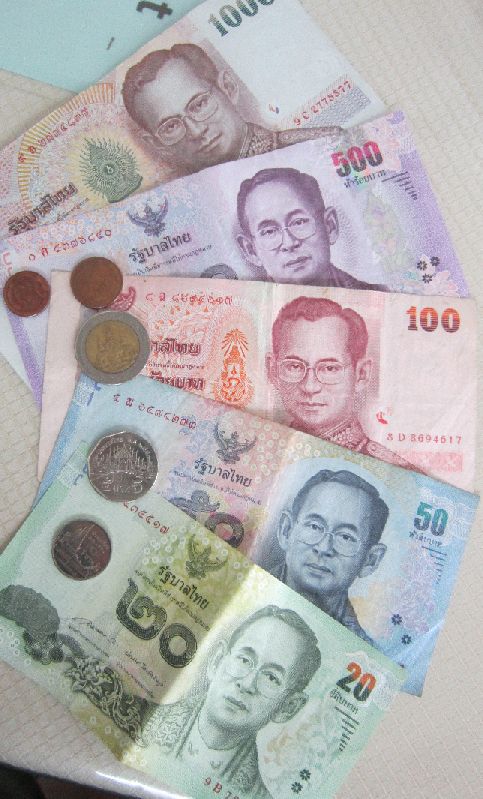Know before you go
Thailand
General Information
Thailand is located on the Indochinese peninsula in Southeast Asia bordering Myanmar, Laos, Cambodia and Malaysia. Its capital and largest city is Bangkok. They drive on the left side of the road.
Visa
Holders of a EU passport don’t require a Visa. For holders of a different passport check out this link to see if you are required to apply for a visa or not or contact your ministery of foreign affairs.



Power
Thailand uses Type A, B, C, F and O plug outlets. The voltage is 220 Volt and the frequency is 50 Hz.
Language
Thai is the official language of Thailand. You can get by with English just fine though.
| Thai | English |
|---|---|
| sàwàddee kráb/sàwàddee ká! | Hello! |
| la gòn kráb/la gòn ká! | Bye! |
| chái kráb/chái ká | yes |
| mái chái kráb/mái chái ká | no |
| kòbkûn kráb/kòbkûn ká! | Thank you! |
| mái bên rái kráb/mái bên rái ká! | You're welcome! |
| kǒ tód... kráb/kǒ tód... ká | Excuse me! |
| Chok dee! | Cheers! |
Weather Forecast
Climate
Thailands climate is divided into three seasons. The first is the rainy or southwest monsoon season (mid–May to mid–October) which prevails over most of the country. This season is characterized by abundant rain with August and September being the wettest period of the year. Winter or the northeast monsoon starts from mid–October until mid–February. Most of Thailand experiences dry weather during this season with mild temperatures. The exception is the southern parts of Thailand where it receives abundant rainfall, particularly during October to November. Summer or the pre–monsoon season runs from mid–February until mid–May and is characterized by warmer weather.
Average Temperature in Bangkok
Average Precipitation in Bangkok
Transportation
How to get there?
Suvarnabhumi Airport (BKK) in Bangkok is one of the largest hubs in Asia and well served by airlines all over the world. From the airport varios means of transport are available to go to the city center. I’d suggest to take the train as traffic in Bangkok can be a nightmare – especially during rush hour. Popular tourist islands like Phuket and Ko Samui have their own airports and are also served quite frequently. To see a full list of all airports of Thailand follow this link.
How to get around?
Bangkok has a good public transportation infrastructure. Use the Metro to avoid getting stuck in traffic. On the islands Phuket and Ko Samui, it might be a good idea to rent a moped to explore the island.
How to get from town to town?
Thailand has a national railway and there are also intercity buses available. While Ko Samui and Ko Pha-ngan are connected to the mainland via ferries, you can even drive to Phuket as it is connected to the mainland with a bridge.
Money, Money, Money
Currency
The currency of Thailand is Baht. Check out the currency converter to find out about current exchange rates.

Accommodation
Depending on where you are staying prices will vary of course. Using middle class hotels, we paid an average of around 29€ per person per night.
Cash
If you are planning to go to markets and try streetfood (which you definitely should) you will need cash. How much you will need of course depends on your spending habits. Retrospective I found I needed around 60€ per day. This includes food, transportation, activities and souvenirs. You will probably need less than 60€ – we had a private guide for 3 days costing some extra money.


